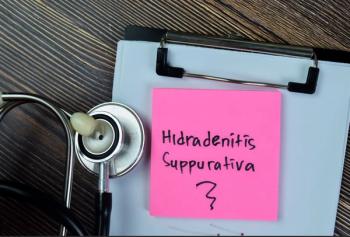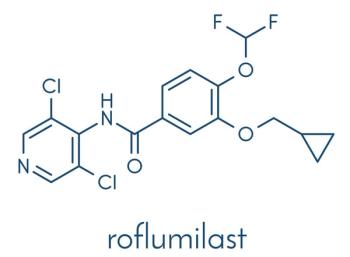
APA: Research Sheds Light on Actions of Atypical Antipsychotics
SAN DIEGO -- The key to the efficacy of atypical or second-generation antipsychotic agents in treatment of schizophrenia is their affinity for binding to and occupying the dopamine D2 receptor.
SAN DIEGO, May 22 -- The key to the efficacy of atypical or second-generation antipsychotic agents in treatment of schizophrenia is their affinity for binding to and occupying the dopamine D2 receptor.
So said Gordon Frankle, M.D., of the University of Pittsburgh. Dr. Frankle discussed the neurobiology of schizophrenia at a satellite symposium presented in conjunction with the American Psychiatric Association meeting here.
All currently approved antipsychotic agents decrease dopamine activity at the synapse, and all have activity on the dopamine D2 receptor, he said.
But the efficacy of the medication is not necessarily connected with the affinity of the medication, according to Dr. Frankle. "The higher the affinity of the medication, the less milligram dose of the drug you'll need to achieve efficacy."
He gave the example of clozapine (Clozaril), a highly efficacious drug for schizophrenia. The drug actually has a low affinity for the dopamine receptor, and therefore requires high doses for efficacy, he said.
In a study Dr. Frankle and his colleagues published in Psychopharmacology in 2004, they found that, among unmedicated schizophrenia patients, dopamine, as measured by radiotracers on positron-emission tomography, occupied 15.8% of D2 receptors, whereas as in controls it occupied about half that number: 8.8%.
There was also evidence to show that dopamine levels are elevated in the striatum of the patients with schizophrenia, Dr. Frankle said.
Treatment with antipsychotic agents will affect the proportion of D2 receptors occupied by dopamine, he noted. He defined "occupancy" as the proportion of receptors to which the drug binds, which are, thus, shut off to the neurotransmitter and its effects.
For example, Dr. Frankle said, olanzapine (Zyprexa) 10 mg/daily occupies 55% of the receptors, leaving 37.2 of receptors free, and allowing endogenous dopamine to claim the remaining 7.8%. Risperidone (Risperdal) 6 mg daily occupies 69% of receptors, leaving 25.5% free, and allotting 5.5% to be claimed by dopamine. Aripiprazole (Abilify) 15 mg daily, because it has high affinity for the D2 receptor, occupies 87% of the receptors, leaving 10.6% free, and giving dopamine a foothold at 2.4%.
The growing understanding of the importance of occupancy, he said, indicates that reduction in dopamine signaling through the D2 receptor is necessary for the antipsychotic effect, and that to obtain control levels of dopamine signaling at the D2 receptor, 48% occupancy by a dopamine antagonist is necessary.
Further occupancy studies will be focused on better understanding of occupancy in different regions of the brain, he concluded.
Newsletter
Enhance your clinical practice with the Patient Care newsletter, offering the latest evidence-based guidelines, diagnostic insights, and treatment strategies for primary care physicians.
























































































































































































































































































